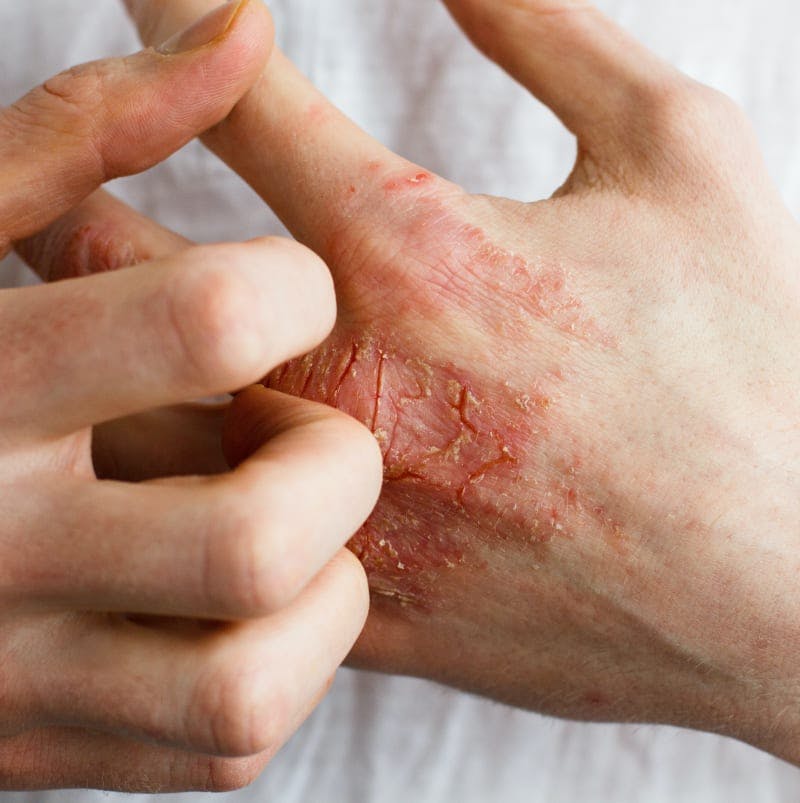Eczema is the name for a group of inflammatory skin conditions that cause the skin to become itchy, red, swollen and cracked. It is often a chronic (long lasting) condition, though it can improve significantly and usually clears completely over time.
Eczema more commonly affects young children, often developing before the age of one, but can also affect teenagers and adults. It is estimated that 1 in 5 children in the UK is affected by eczema at some stage.
As there are also other types of eczema, identifying your eczema is key to getting the right treatment.
If you’re ready to get help now you can book an online GP appointment to discuss your skin with a doctor, or refer yourself to a specialist dermatologist using the links below.
